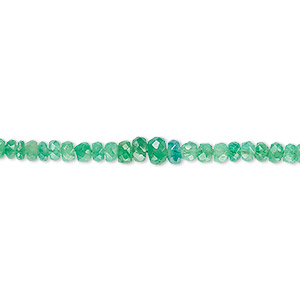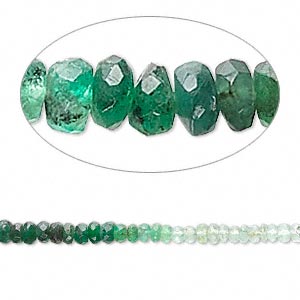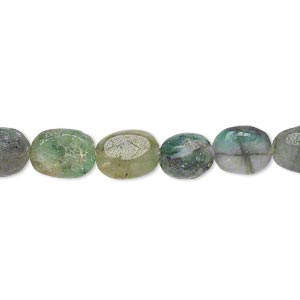When it comes to making jewelry and finding gems, I’m the pickiest person ever. I’m constantly on the hunt for well-cut, perfect beads to use. No matter what type of jewelry you like, gemstones are graded based on the 4C’s (Cut, Color, Carat, Clarity). The grade a gemstone gets determines their value and is a good estimate on how much you can expect to pay for them.
http://www.cpbracelet.com/wp-content/uploads/2011/07/precious-gemstone-names.gif
The International Gem Society offers some insight on how the 4C’s determine the grading of gemstones:
Cut- Cut is the consideration of work given into making the gemstone and the overall appearance, based on factors like shape, symmetry, faceting, polish, and shine.
Color- Color is described by three factors: Hue (purple, red, etc.), Saturation (strong or faint), and Tone (light to dark). Gemstones are usually graded high for pure hues and rich color, but diamonds are graded on levels of transparency. A consistent color throughout the stone is preferred by fine jewelry makers.
Carat- Stones are weighed in carats. Larger stones are unusual to find, but are not always practical to wear as jewelry. Carats are important to consider when factoring in cost for gemstones.
Clarity- Clarity is the graded according to the number of inclusions a gemstone has, meaning anything that will block the passage of light through the stone. Inclusions are minerals, fractures, or hollow areas in the stone. The more transparent the stones, the better the clarity.
Chart of the 4 C's by International Gemmological Institute
http://www.igi-usa.com/images/4c-spread.jpg
Gemstones are then
given a grade based on the quality of the stones and the 4C’s. Yelena Jenkins
better clarifies this information in her post “Gemstone Ratings.” They range
from a scale of AAA-D:
AAA-A- Gemstones
given an AAA-A rating are good quality; they are cut with good transparency and
few inclusions. AA is top quality and AAA is considered near perfect.
http://lib.store.yahoo.net/lib/yhst-71585368631737/alex-grades.jpg
B- B-graded gems have
small inclusions, and color isn’t as rich, but the stone is still transparent
and used as smaller gemstones for jewelry.
Emerald, B grade
http://image2.fmgstatic.com/images/p9891gsb.jpg
C- C-graded stones
are duller and not sparkly to the eye. It has visible inclusions and areas that
are non-transparent. C stones are commonly made into chips and use for pave
designs.
D- D-grade gemstones
are non-transparent and are used as cabochons and rock-like pieces. They have little clarity and commonly have inclusions.
Emerald, D grade
http://image2.fmgstatic.com/images/p3537kxb.jpg
Gemstone grading is more intricate, but these are just basics you can use as information to consider. Grading is especially important
to consider when making an expensive gemstone purchase, but your personal
preference of jewels should not be based on their grade and value alone.
Whether it be raw gemstone clusters or micro-faceted jewels, your taste and
style is the most important part to consider when shopping for jewelry. If you like it, go for it! Have a good week!
XOXO,
Deanna







No comments:
Post a Comment